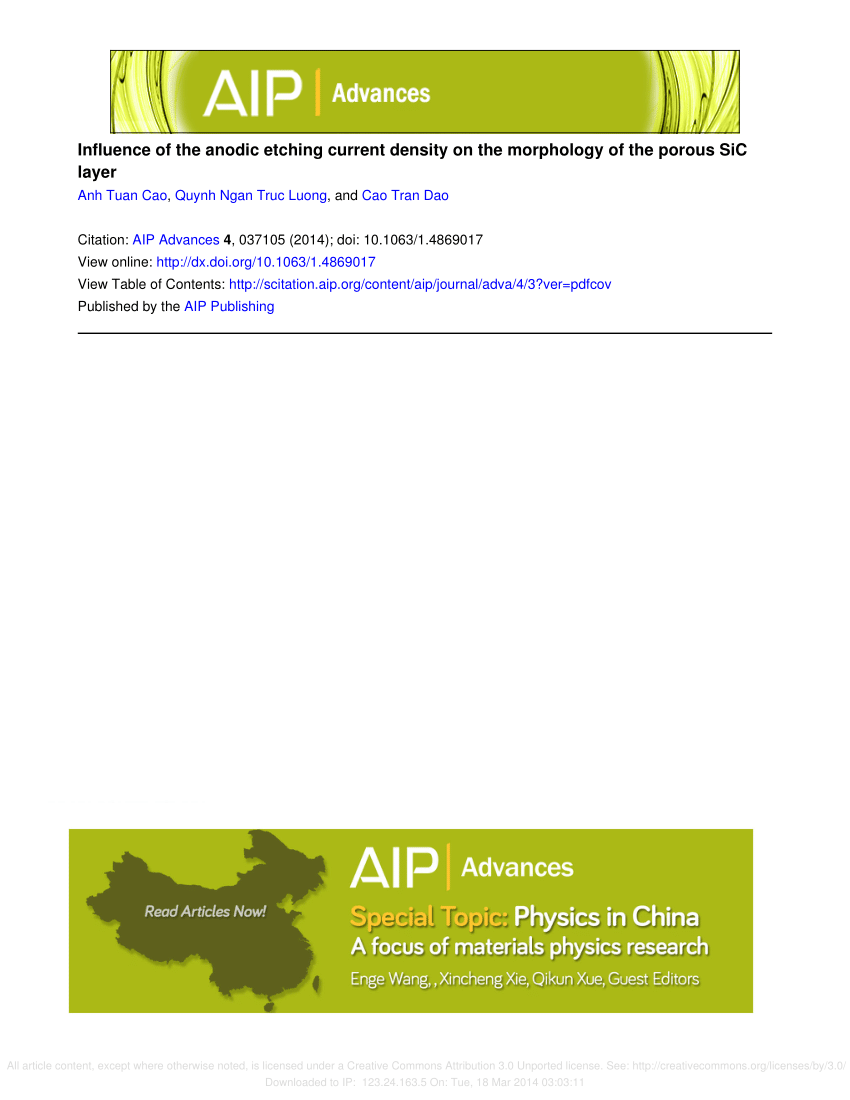Experimental examination on electrochemical micro-machining of Mg–Li–Sr biomedical alloy: Application of ANOVA, Deng’s similarity, and ANFIS for effective modeling optimization
IF 1.4
4区 物理与天体物理
Q4 MATERIALS SCIENCE, MULTIDISCIPLINARY
引用次数: 0
Abstract
In this work, a newly discovered biomedical grade Magnesium–Lithium–Strontium (Mg–Li–Sr) alloy is machined using electrochemical machining technology. Two main output constraints employed on the research project to evaluate machinability are surface roughness (Ra) and material removal rate (MRR). Changing feed rate (FR), current, electrolyte concentration (EC), and voltage is required in order to carry out experimental experiments. The trials were designed using the Taguchi method. The ANOVA findings show that current is the most significant factor, after voltage as the most significant input parameter in regulating Ra and MRR. The ideal parameter configuration for the CRITIC-linked Deng’s similarity approach method was 5 V, 1 A of current, 0.4 mm/min of FR, and 20 g/l of EC. The final product was a 0.0323 mm/min MRR and a 2.61 μm surface roughness. Furthermore, the response variables are anticipated using the adaptive neuro-fuzzy Inference System, which finally results in predictions that are very similar to the experimental results.镁-锂-硒生物医用合金电化学微加工实验研究应用方差分析、邓氏相似性和 ANFIS 有效优化模型
在这项工作中,使用电化学加工技术加工了一种新发现的生物医学级镁-锂-锶(Mg-Li-Sr)合金。在该研究项目中,用于评估加工性能的两个主要输出约束条件是表面粗糙度 (Ra) 和材料去除率 (MRR)。为了进行实验,需要改变进给速度 (FR)、电流、电解液浓度 (EC) 和电压。试验采用田口方法进行设计。方差分析结果表明,电流是调节 Ra 和 MRR 最重要的输入参数,仅次于电压。CRITIC 链接邓相似性方法的理想参数配置为 5 V、1 A 电流、0.4 mm/min FR 和 20 g/l EC。最终产品的 MRR 为 0.0323 mm/min,表面粗糙度为 2.61 μm。此外,还利用自适应神经模糊推理系统对响应变量进行了预测,最终得出的预测结果与实验结果非常相似。
本文章由计算机程序翻译,如有差异,请以英文原文为准。
求助全文
约1分钟内获得全文
求助全文
来源期刊

AIP Advances
NANOSCIENCE & NANOTECHNOLOGY-MATERIALS SCIENCE, MULTIDISCIPLINARY
CiteScore
2.80
自引率
6.20%
发文量
1233
审稿时长
2-4 weeks
期刊介绍:
AIP Advances is an open access journal publishing in all areas of physical sciences—applied, theoretical, and experimental. All published articles are freely available to read, download, and share. The journal prides itself on the belief that all good science is important and relevant. Our inclusive scope and publication standards make it an essential outlet for scientists in the physical sciences.
AIP Advances is a community-based journal, with a fast production cycle. The quick publication process and open-access model allows us to quickly distribute new scientific concepts. Our Editors, assisted by peer review, determine whether a manuscript is technically correct and original. After publication, the readership evaluates whether a manuscript is timely, relevant, or significant.
 求助内容:
求助内容: 应助结果提醒方式:
应助结果提醒方式:


